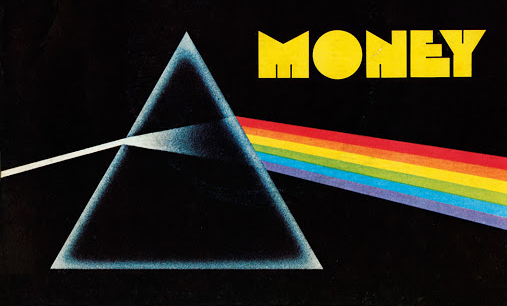May 12, 2020
Can social objectives be financed by money creation?
Can states finance social objectives such as the energy transition, developing a coronavirus vaccine or reducing poverty, by creating money? We often hear proposals involving a combination of innovative debt instruments and central bank intervention to finance laudable objectives (see for instance Thomas Piketty on "green money" in LeMonde.fr). These proposals are usually criticized on the ground that they would lead to inflation and asset bubbles.
Unfortunately, the debate is often arcane and sometimes based on misconceptions about money. My goal here is not to take a side, but to explain plainly how money creation works in practice.
Part 1: Who creates money?

Let us start from the real economy. Alice owns a real asset. It may be a house, a machine Alice uses to produce goods, the patent of an invention Alice made, and so on. Note that "real" is not synonymous with "tangible": a patent is an intangible asset, yet it is a real asset in that it grants Alice with intellectual property rights over her invention. Alice sells her asset to Bob at price 100 euros. Bob has no wealth, so he takes a loan at the bank to pay Alice.
Let us now turn to the financial (or monetary) side of the economy. The bank writes a loan to Bob, who pays Alice, who deposits the money on her bank account. The balance sheet of the bank is as follows:
| Assets | Liabilities | ||||
|---|---|---|---|---|---|
|
|
Loans are assets for banks, because they are claims banks have on borrowers. Deposits are liabilities for banks, because they are claim depositors have on banks. Let us now state our first fact about money:
Fact 1: Bank deposits are money.
The key property of money is that it can be used to make transactions. Bank deposits have this property. If Alice wants to buy goods from Bob, she can pay Bob by transferring deposits from her to him. This can be done in multiple ways: card payment, wire transfer, check, etc. Bank deposits are therefore money.
Note that transactions between households do not affect the balance sheet of the bank. If Alice pays 20 euros to Bob, the bank still has 100 euros of deposits – 80 euros on Alice's account and 20 euros on Bob's account. If Alice and Bob have their accounts in different banks, transactions between Alice and Bob affect the balance sheet of individual banks but not that of the banking sector as a whole. Therefore, the bank's balance sheet shown above should be thought as the aggregate balance sheet of the banking sector.
This example shows the special role of banks. When banks extend credit, they create money in the process. This leads us to our second fact about money:
Fact 2: Commercial banks create money.
This example illustrates that money creation does not require a central bank. In fact, commercial banks existed before central banks – the US Fed was created only in 1913.
Tomorrow, we will see how the government and the central bank are also involved in money creation. To be continued...
Previous post: Debt overhang is looming: Is it curable? »
Next post: Central banks »
Home »